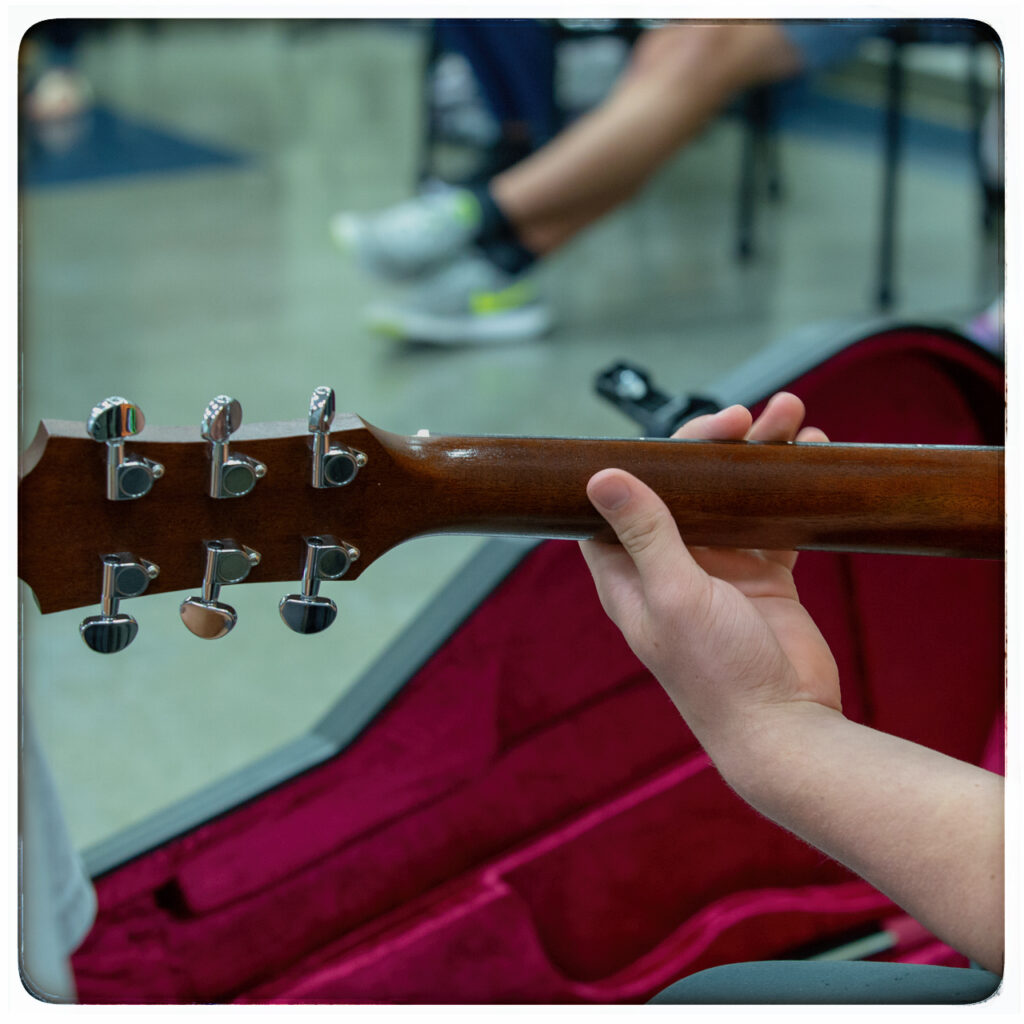By the Duke University Talent Identification Program
Many parents wonder whether they should support their child’s involvement in sports teams, arts and music clubs, or other non-academic extracurricular activities. Even though most non-academic activities may not be directly associated with educational goals, students can learn valuable lessons from such experiences. Non-academic activities aid adolescents as they look for settings where they can interact with like-minded peers, form relationships with non-familial adults, and experiment with different roles.
In a recent study of gifted high school graduates, respondents indicated that some of their most positive school experiences were in extracurricular activities. They stated that activities such as sports and the arts offered opportunities to relieve stress, develop skills outside of the academic realm, and create a sense of belonging. Extracurricular clubs also present possibilities for students to strive for personal improvement and see the results of hard work. Such situations may be particularly important for students who are not adequately challenged in the classroom. Among the general student population, research indicates that extracurricular activities may reduce risk behaviors such as skipping school and using alcohol or drugs.
Sports
Several studies have found that over half of gifted students participate on athletic teams. One study of academically gifted adolescents involved in sports showed that they have greater overall confidence than students not involved in sports. Such findings highlight the importance of activities that can curb declines in self-esteem. Studies present mixed findings on whether sports participation has any impact on a student’s likelihood of using alcohol and drugs. This effect may depend on the culture of specific sports programs or schools, so parents and students will need to consider what works best in each particular student’s situation.
The Arts
Gifted students indicate that participation in visual arts, drama, music, and journalism organizations had positive impacts on their social lives and work ethic. Graduates recall that these clubs made school a more positive social experience and eased the transition into high school. Students appreciated how arts engagement helped them approach challenges with persistence, concentration, and conscientiousness.
Pro-Social Activities
Other common activities include pro-social organizations such as student government, politically aligned groups, or volunteering clubs. Research in the general student population shows associations between these activities and higher self-esteem, greater value placed on school, and lower substance use.
Over-Involvement and Changing Interests
Although participation in activities has been found beneficial, many parents worry about whether their child’s involvement in extracurricular activities can compromise their academic performance or well-being. Research suggests that the media may exaggerate the “over-involvement phenomenon,” or the idea that teens are burdened with too many activities. These studies indicate that academic achievement only starts to decline after students are involved in more than five activities and occurs only in a small percentage of adolescents. At the same time, some research has even suggested that involvement in different types of activities (such as sports and academic clubs) promotes greater psychological health. Other evidence shows that some students think that their schedules offer too little free time or that they are involved in certain activities only to please their parents. Students also want to change their involvement when their interests and values shift. Your child may reach a point at which a once-loved activity becomes tedious, overwhelming, or unfulfilling. Replacing it with time to explore a different activity or simply relax can benefit both you and your child.
Additional Reading
- Fredricks, J. A. (2012). Extracurricular participation and academic outcomes: Testing the over-scheduling hypothesis. Journal of youth and adolescence,41(3), 295-306.
- Fredricks, J. A., Alfeld-Liro, C. J., Hruda, L. Z., Eccles, J. S., Patrick, H., & Ryan, A. M. (2002). A qualitative exploration of adolescents’ commitment to athletics and the arts. Journal of Adolescent Research, 17(1), 68-97.
- Fredricks, J. A., & Eccles, J. S. (2006). Is extracurricular participation associated with beneficial outcomes? Concurrent and longitudinal relations. Developmental psychology, 42(4), 698.
- Martin, A. J., Mansour, M., Anderson, M., Gibson, R., Liem, G. D., & Sudmalis, D. (2013). The role of arts participation in students’ academic and nonacademic outcomes: A longitudinal study of school, home, and community factors. Journal Of Educational Psychology, 105(3), 709-727. doi:10.1037/a0032795
- Metsäpelto, R., & Pulkkinen, L. (2012). Socioemotional Behavior and School Achievement in Relation to Extracurricular Activity Participation in Middle Childhood. Scandinavian Journal Of Educational Research, 56(2), 167-182. doi:10.1080/00313831.2011.581681.
- Olszewski-Kubilius, P., & Lee, S. Y. (2004). The role of participation in in-school and outside-of-school activities in the talent development of gifted students. Prufrock Journal, 15(3), 107-123.

